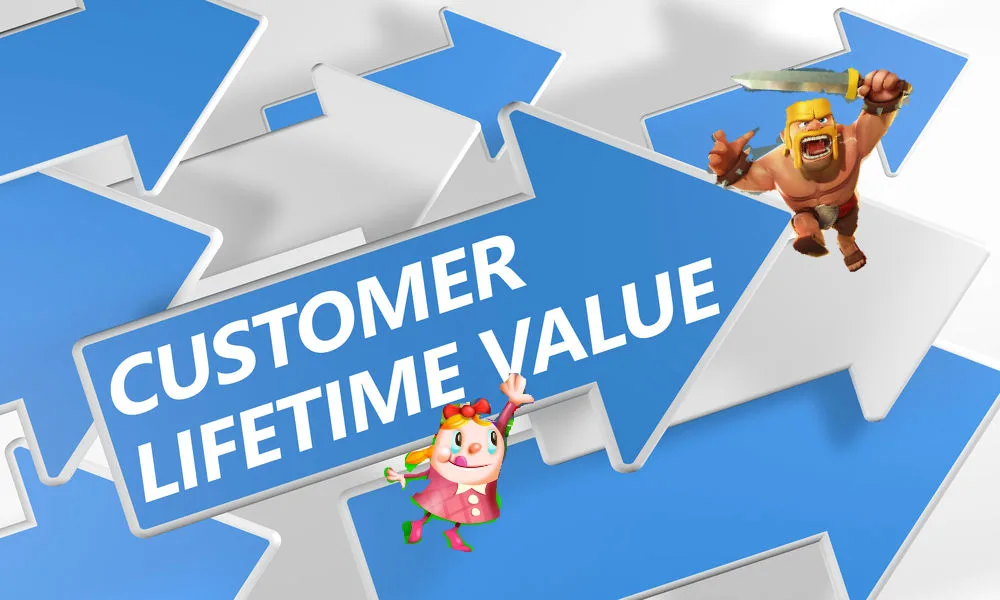Get More Life Out of Your Lifetime Value Model! A Discussion of Methods.

Predicting the average cumulative spending behavior or Lifetime Value (LTV) for players is incredibly valuable. Being able to do so helps figure out what to spend on User Acquisition (UA). If a cohort of players has an LTV of $1.90 and took $1 to acquire then we’ve made money! This helps evaluate how effective particular channels of advertising are as we’d expect different cohorts of players to have different values. Someone acquired via Facebook may be worth more then some acquired via Adcolony.
But wait there’s more!
My argument in this post is that LTV has great deal of value outside of marketing. In fact, LTV might have parts more valuable then the whole. How to predict LTV can adopt numerous approaches and each approach has associated benefits. Remember, there doesn’t have to be just one LTV model!
Consider four requirements we’d want out of an LTV model:
1. Accuracy
LTV predicted should be the LTV realized. Figuring out upward and downward bias in your coefficients is important here. This gives insight into the maximum or the minimum to spend on UA depending on the direction you suspect your coefficients are biased towards.7
2. Portability
Creating models is labor intensive and even more so when doing so for multiple games. There are particular LTV models that sweep this aside called Pareto/Negative Binomial Distribution Models (NBD). Since they’re based only on the # of transactions as well as transaction recency they don’t require game specific information. This means you can apply them anywhere!
3. Interpretability
This one’s big and perhaps the most overlooked. Consider the Linear * Survival Analysis model approach to LTV. The first part is to predict when a particular player will churn. By including variables like rank, frustration rate (attempts on particular level), or social engagement we gain insight in what’s retaining players. This type of information is incredibly valuable.
- Scalability
If it’s F2P then there are going to hundreds of thousands to millions of players (you hope). I’ve seen some LTV approaches that would take eons of time to apply to a player pool of this size, our LTV should scale easily.
So how do the different approaches stack against one another?
| Accuracy | Portability | Interpretability | Scalability | |
| Pareto/NBD8 | / | x | x | |
| ARPDAU * Retention9 | x | x | ||
| Linear * Survival Analysis10 | x | x | x | |
| Wooga + Excel11 | x | |||
| Hazard Model12 | x | x | x |
Parteo/NBD is great, but it’s hard to incorporate a spend feature (it just predicts # of transactions).13 A small standard deviation in transaction value gives this model a great deal of value and something to benchmark against. This model also makes sense if data science labor is few and far in between.
ARPDAU * Retention is probably the approach you’re using; it’s a great starter LTV. If marketing/player behavior becomes more important, the gains to scale from a approach beyond this start to make more sense.
Wooga + Excel just doesn’t scale which kills its viability, but it’s conceptually useful to understand.
Linear * Survival Analysis gives a great deal of interpretability that also sub-predicts customer churn time. This means testing whether the purchase of a particular item or mode increases churn time is done within the model. The interpretability of linear models also means it’s easy to see different LTV values for variables like country or device.
There are many, many different approaches beyond what’s been laid out here. Don’t settle on using just one model, each has costs and benefits that shouldn’t be ignored.